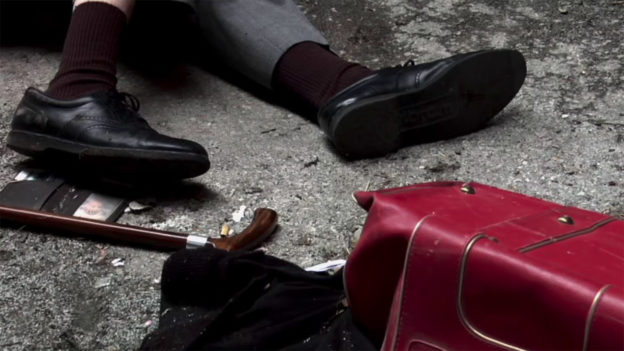
Age: 10+
Modern Parables is an original film-based Bible study series on Jesus’ parables. It uses short films combined with teaching by pastors and in-depth study materials to create an entirely new learning experience.
Modern Parables is a Bible study series that uses high-quality films and rich teaching to bring Jesus’ parables to life. By recreating the emotional and cultural context of the first-century audience, this series helps viewers experience the parables as powerfully as those who first heard them.
Students will:
- Watch six original films that faithfully portray Jesus’ parables in a modern setting.
- Engage with six pastoral application videos that connect the parables to real-life discipleship and Kingdom living.
- Explore each parable deeply through a study book filled with biblical insight and reflection questions.
- Learn how to interpret and teach parables through a detailed leader’s guide and cinematic theology lessons.
- Gain a deeper appreciation for the meaning and impact of Jesus’ teachings through emotional, intellectual, and spiritual engagement.
Ideal for families, small groups, or classrooms, Modern Parables is a unique and memorable way to study the teachings of Christ with depth, relevance, and visual storytelling.
- 6 parable films and 6 application videos for 12 complete lessons.
- Parables included: Hidden Treasure, Samaritan, The Shrewd Manager, The Widow & Judge, The Sower, and Prodigal Sons.
- 6 director’s commentaries that can be used with material in the Leader’s Guide to teach 6 additional lessons on Cinematic Theology.
- Leader’s Guide with two introductory chapters on the parables, twelve detailed teacher’s notes for teaching each class, and six lessons on Cinematic Theology.
- Study Book with twelve in-depth chapters on the Biblical content of the parables.
Spanish Subtitles
Our Bronze Membership provides online access to this and 30+ additional courses, PDF course books, audio stories, and a customer support group.
Our Silver Membership adds Family Access (5 logins) and facilitation for courses through our Groups. Course facilitation provides:
- Direct encouragement from instructors.
- Additional links of interest that support learning in the course.
- Live Zoom meetings with facilitators to discuss lecture material and assignments.
Our Gold Membership adds grading, homeschool support, and discounts on live courses.
You can learn more (or upgrade your current plan) on our Membership Page. Our support team of homeschool moms can also answer your questions. Visit our support page to contact them.
All courses can be accessed on desktop, mobile, and through our Compass Classroom App (iOS & Google).
Learn more about Modern Parables on compassclassroom.com.
A digital leader's guide for discussing this parable is included with your purchase.
Course Content
About Instructor
Modern Parables
Modern Parables is an original film-based Bible study series on Jesus’ parables. It uses short films combined with teaching by pastors and in-depth study materials to create an entirely new learning experience.
1 Course



